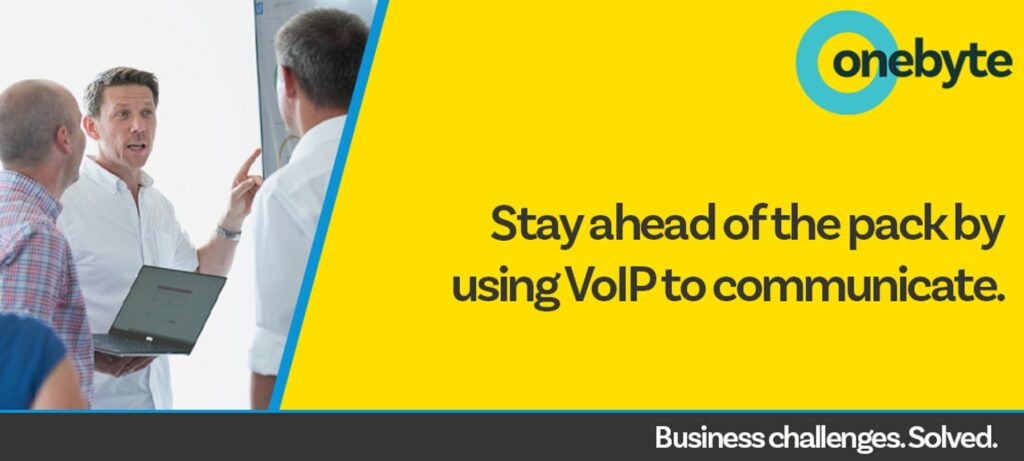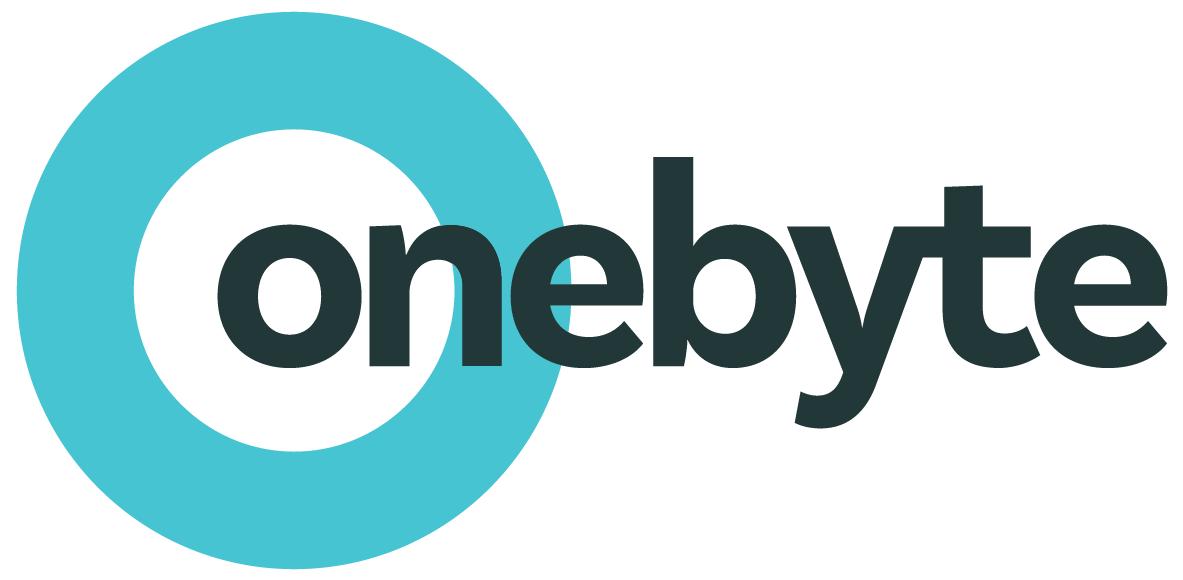We live in a digital age; our lives revolve around technology. Our reliance on tech only increases annually, with new releases that allow us to be even better connected than ever before.
Our reliance on good quality technology has become even more apparent since the outbreak of Covid-19 at the beginning of 2020. Many realised that their tech was not up to date or fit for purpose and decided on a complete overhaul to be sure to achieve the maximum from it. For some, the original methods were working well, but Covid-19 introduced new problems that forced a change in work functions never seen before.
In this blog we will look at the potential problems and setbacks that could be posed by not allowing a smooth ‘digital transformation’ in the workplace.
What is digital transformation?
To transform your business digitally is to bring working practices and procedures into the modern age. Digitising what would have otherwise been paper-based, integrating what would have otherwise been static standalone systems, and automating what would have been entirely manual processes; bringing each component together harmoniously in one technological ecosystem.
The process of digital transformation does not always have to be cut and dry – it can be delivered in a piecemeal fashion to be compassionate to budgets and availability.
It may sound very grand, but in practice, it may not be as scary or costly as it sounds. It can in fact be far more costly to not act – to still rely on ‘that’s the way we have always done things’, which is holding your business back.
How are your non-digital processes holding your business back?
The old age, “if it ain’t broke, don’t fix it”, may well be true for some things in life, but not when it comes to ironing out kinks in your operational processes. There is always room for improvement, always room to cut repetition, save time and reduce costs.
In this current climate especially, it is not a nicety to act, but a necessity.
A number of pitfalls are evident by a business being held back on antiquated processes or forms of technology, some of which include:
- Keeping up with the competition – the danger of being outmanoeuvred is vast. Competitors that can reduce their costs through efficient processes have the margin to compete on price, or exceed their peers on speed of service delivery and quality of customer service engagement.
- Employee engagement – keeping a tech-hungry workforce of all ages engaged with their work can be difficult. It is common knowledge that poor tools or working practices are one of the common reasons why quality talent choose to leave their employers.
- Client perception – the public view of your business may be dim if you can’t appear to professionally, comprehensively and quickly process requests from customers. In this social media age, everyone is a critic – any weaknesses in your operational workflow could easily be exposed and become public in an instant.
- Time wasted – repetition, human error and manual processes are costing valuable hours that cannot be recovered.
- Money-saving – lost time, costs money. Errors and public embarrassment results in lost business, costs money. Disengaged and unproductive employees, costs money.
What benefits can be achieved through digital transformation?
Changing existing work practices to incorporate a digital method of achieving them is beneficial to the future of your business. Technology has the ability to automate certain mundane tasks that take up valuable time, it can keep you connected no matter the geographical location, and it helps a smooth transition into new ways of working in modern times.
What can be achieved by using the digital methods available:
Automate – save time and reduce human error by automating process steps or tasks.
Integrate – data need not be siloed in separate systems, which require manual integration to bridge the gap. Gone are the days of needing to rekey information between systems.
Communication and collaboration – work together with colleagues and stakeholders within and outside of your organisation more easily than ever before. Keep in touch via instant message, voice or video call and work together on files and documents ‘live’ wherever you might be working from.
Productivity – ‘Something as simple as effective communication improvements can boost productivity from 20-25%’ ¹. Productivity and efficiency could soar in your business by implementing slick and easy to use tools.
Keep pace – As we have previously touched on, the world is progressing to a more and more tech orientated mindset, this is no different within businesses. Making gradual transitions to tech across your business will be a lot easier to adapt to as opposed to trying to make a transition in, for example, five years’ time when technology will have evolved to unimaginable levels and your competition has already begun their technological journey.
With the correct guidance you can revolutionise your work functions taking them into the future one step at a time.
How does digital transformation work in practice? A real-world case example
Here is an example of how we guided a charity to a technological solution to a workplace problem.
A charity that provides support and advice to the over 50’s sought to improve one of its services that helps older people to complete the claim forms for benefits that they are entitled to because astonishingly, only 22% of older people across the country currently do claim what they are entitled to.
They asked us to conduct a small discovery, analysis, and design project to document:
- How the current process works.
- What a new process would best look like.
- Identify obstacles.
- What off-the-shelf products, if any, could be used.
- If any bespoke development is required.
The current process is time-consuming and slow to deliver. A lot of the work had been, up until this year, carried out face to face either in the clients’ homes which involves travel or at the drop-in centre the charity runs. Since the pandemic face to face has not been possible and so the charity has reverted to using video conferencing to conduct the interviews with its clients.
The problem is that the claim forms are available in a mixed format, some are PDFs that need to be printed and completed by pen, others are interactive and can be completed online, but still need to be printed to be signed and some are available as online web forms, however little is known about these. Strict compliance rules require the charity to keep copies of the benefit claim forms they have helped their clients complete in case of liability claims.
Discovery and Analysis
We started by interviewing the key staff members to build a picture of the current processes and then we created process maps to illustrate them.
Next, we looked at the forms themselves and started investigations on whether they could all be online in some format and if a signature were required could it be digital.
We then turned our attentions to the conferencing software they have available to them to see if recording the calls was an option.
Finally, we spoke with legal and GDPR experts to understand the risks they would be exposed to and how best to reduce them.
Design
We created maps of the current processes.
We created a map of the ideal processes using digital technology.
We wrote a report on our findings and included suggestions on how the process could be improved and what the next steps are.
Conclusion
The project is ongoing as it requires the charity to lobby the government departments who provide the forms and benefits to change their processes; however, our work has proved invaluable in highlighting the problems with the current methods and in identifying what the new processes should look like.
The outcome is that the charity and others like them that help older people claim the benefits to which they are entitled will be able to help more of them and increase the current 22%.
A smooth transition into the digital age can create a prosperous future for you and your business.
We can help drive your business into the future.
Onebyte is a dedicated provider of managed IT services that are strategically aligned and compliance-driven, to support businesses and charities across London, East Anglia and the Home Counties – plus many further afield.
If you are considering how to overcome the limitations of your technology or working practices, we can tailor the right solution for you and take care of the entire process from end to end. Book a free discovery call with our team today to explore your options further.


